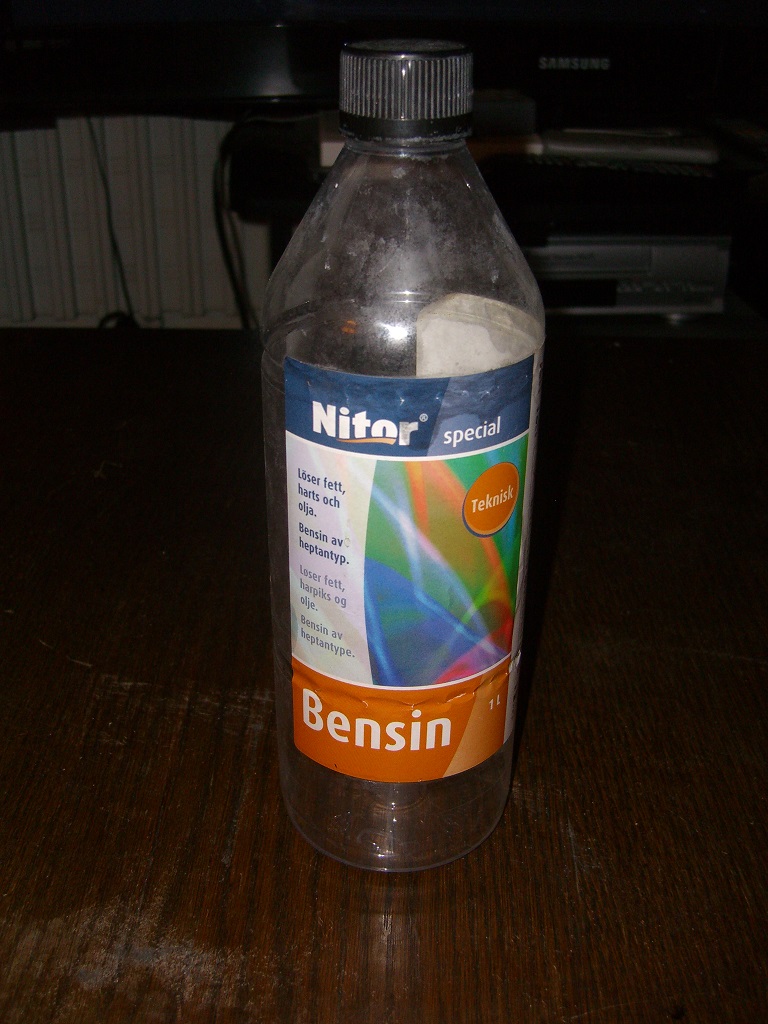Marquzz wrote:kanecvr wrote:
^^ This ^^. Isopropyl alcohol is the way to go. It's cheap and commonly available in most electronics stores. Gently brush as much dust as possible of a board (dry brush), then clean what's left with alcohol. It gives the PCB a nice shine. It doesn't corrode contacts, it evaporates really fast (unlike water), doesn't damage paper stickers and labels, and won't leave white traces like soaps and detergents.
"White Gas" is some form of Kerosene or lighter fluid. It's OK for cleaning PCBs if you don't mind the smell. I still prefer Isopropyl. It might also make the PCB oily depending on the quality of "gas" used.
I would be very careful brushing my components with a dry brush since can cause electrostatic discharges. Careful as in I wouldn't do it. Compressed air is the way to go if you want to remove lose dust.
Not if you use special anti-static (ESD) brushes like I do. The come in a set of 5 and cost about 6-7 dollars. They even come with a grounding strap. Compressed air does nothing for some of the stuff I get. Just look at the 386 board on the left:

It literally has DIRT on it. I spent two hours cleaning it with an ESD brush and used up a bottle of alcohol (the regular blue stuff for disinfecting wounds) and 500ml of isopropyl, but got it perfectly clean. It works by the way! Battery needs replacing, the keyboard controller was missing and one of the cache chips as well. I replaced all chache chips with ones off a dead 486, added an Amikey KB controller, and she booted up just fine. 33MHz 386 with cache.
What I do in extreme cases like this is:
1. Remove the barrel battery
2. Brush off as much dirt as I can (gently) with a ESD brush
3. Fill a plastic container with household alcohol (sanitary alcohol will do) and soak the board for 10-15 minutes
4. Remove board from the container and brush the remaining crap off using a finer grounded ESD brush
5. Soak again in alcohol for 5-10 minutes
6. Rinse with isopropyl, carefully removing dirt and grime off stuff like sockets and expansion slots
7. Dry off with my SMD heat pump set at 100 celsius and make sure I remove leftover alcohol from places like under sockets, expansion slots and PGA chips
8. Dry off for 30-60 minutes
9, Test

